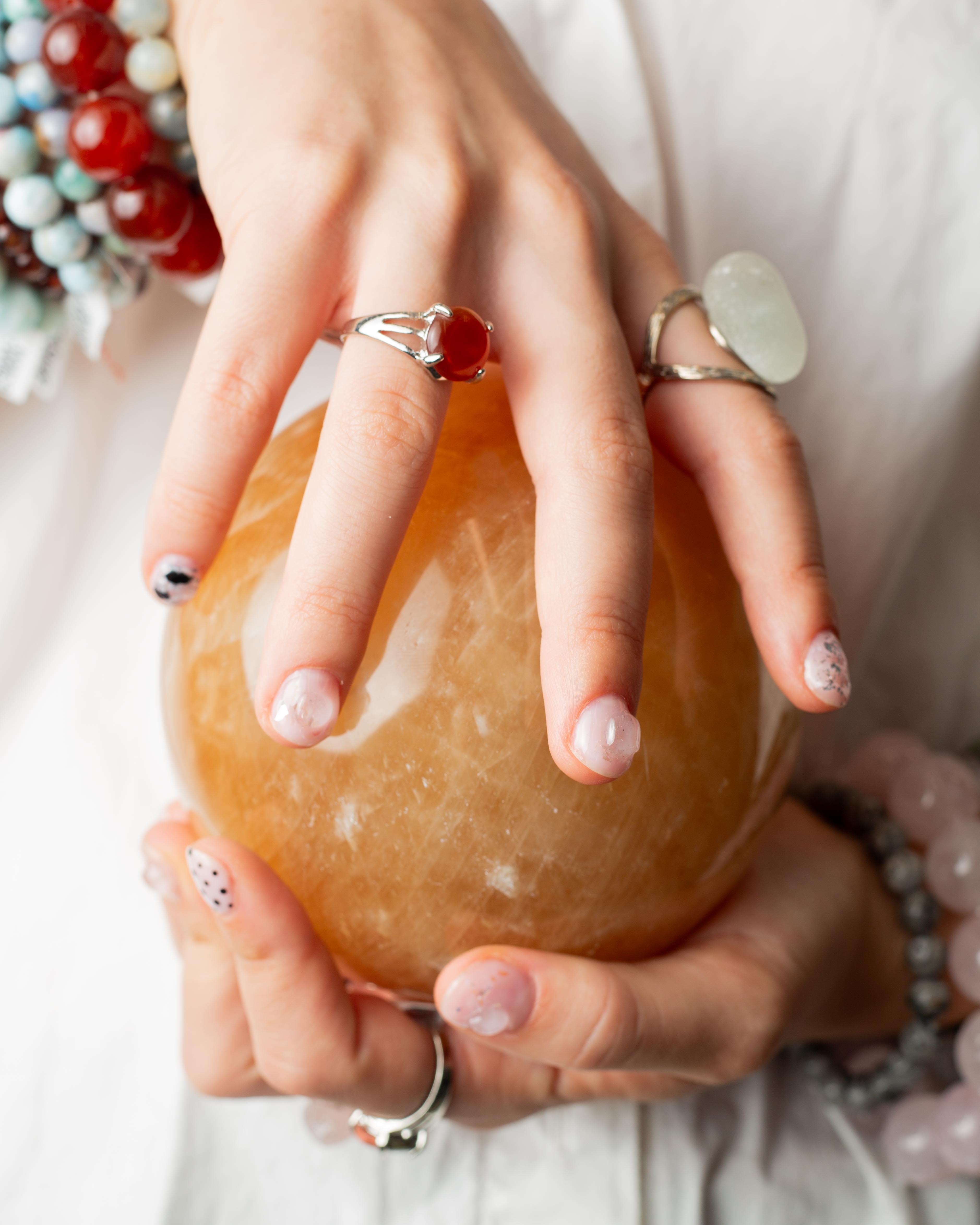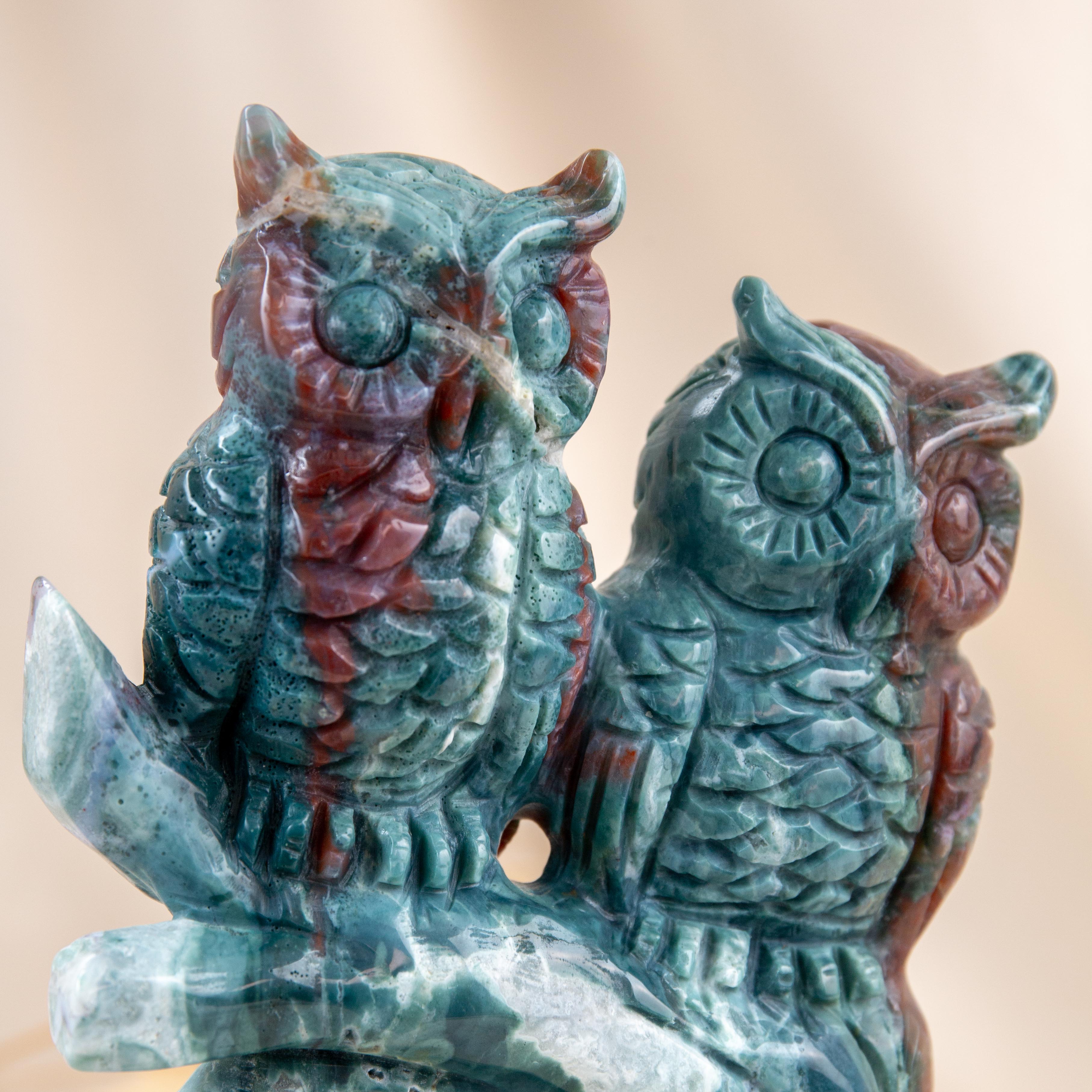Opals come in various types, including:
- Precious Opal: This variety exhibits a play-of-color and can display a range of hues, including red, blue, green, yellow, and more. Precious opals are further classified into different types, such as:
- Fire Opal: Known for its bright orange to red colors and sometimes a play-of-color.
- Black Opal: Found in shades of black to dark brown with vibrant play-of-color.
- Boulder Opal: Contains a matrix of ironstone with opal veins or patches.
- White Opal: Also known as common opal, it has a milky or translucent appearance without significant play-of-color.
- Common Opal: Lacks the play-of-color seen in precious opal and is usually opaque. It can come in a variety of colors but does not exhibit the same iridescence.
Opal’s play-of-color makes each stone unique, with no two opals displaying the same pattern or color combination. The intensity and variety of the play-of-color can vary widely, making opal a highly sought-after gemstone for jewelry.
Opals are formed in sedimentary rocks from silica-rich solutions that seep into cavities and solidify over time. They are often found in Australia, which is the world’s largest producer of opals, but they can also be sourced from other regions including Ethiopia, Mexico, and the United States.
In addition to their beauty, opals are often associated with various metaphysical properties, such as enhancing creativity and emotional expression. They are a popular choice for rings, earrings, necklaces, and other jewelry pieces due to their stunning appearance and the way they interact with light.







